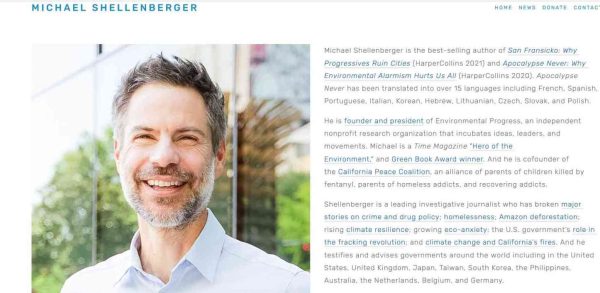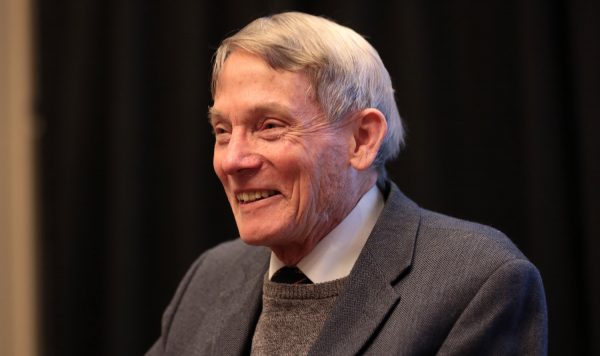EXPOSED: America’s Secret Censorship-Industrial Complex U.S. government officials, agencies, and contractors are violating the First Amendment Friends — Over the last three months, a small group of independent journalists, including Leighton and I, have, thanks to the Twitter Files, exposed the ways in which social media platforms have, under pressure from U.S. government agencies, censored ordinary Americans and spread disinformation. Today, at 10 am ET, journalist Matt Taibbi and I will testify before Congress and reveal the existence of a secret censorship-industrial complex in the United States. Our findings are shocking. A highly-organized network of U.S. government agencies and government contractors has been creating blacklists and pressuring social media companies to censor Americans, often without them knowing it. We and others have already reported on some of the actions of this complex, including its disinformation campaigns. But the extent of its censorship was unknown to us until very recently. And, as importantly, we now understand the ways in which this complex simultaneously spreads disinformation and demands censorship. What my 68-page testimony to Congress shows is an effort by U.S. government intelligence and security agencies to wage “information warfare” against the American people. I do not doubt that some people will try to justify the behaviors we have documented. They will say such censorship is necessary for “fighting disinformation.” But there is no moral or legal justification for the acts of state-sponsored censorship we document, much less for the fundamentally unAmerican censorship-industrial complex. I believe that any reasonable person reading our report, no matter their politics, will be horrified by what is taking place and demand an end to it. With our testimony, we are calling on Congress to defund and dismantle the censorship-industrial complex immediately. Democracy depends on freedom of speech. Both are under attack. Michael PS: A written transcript








